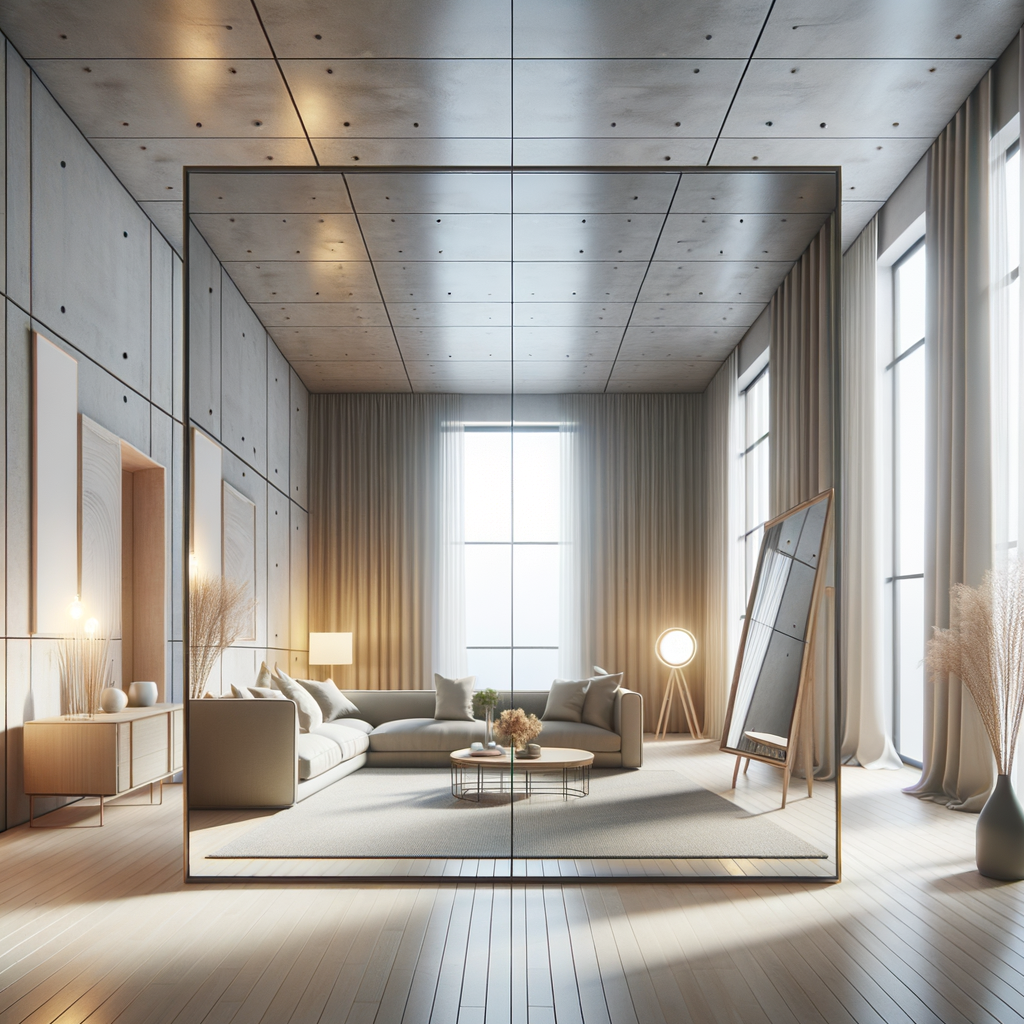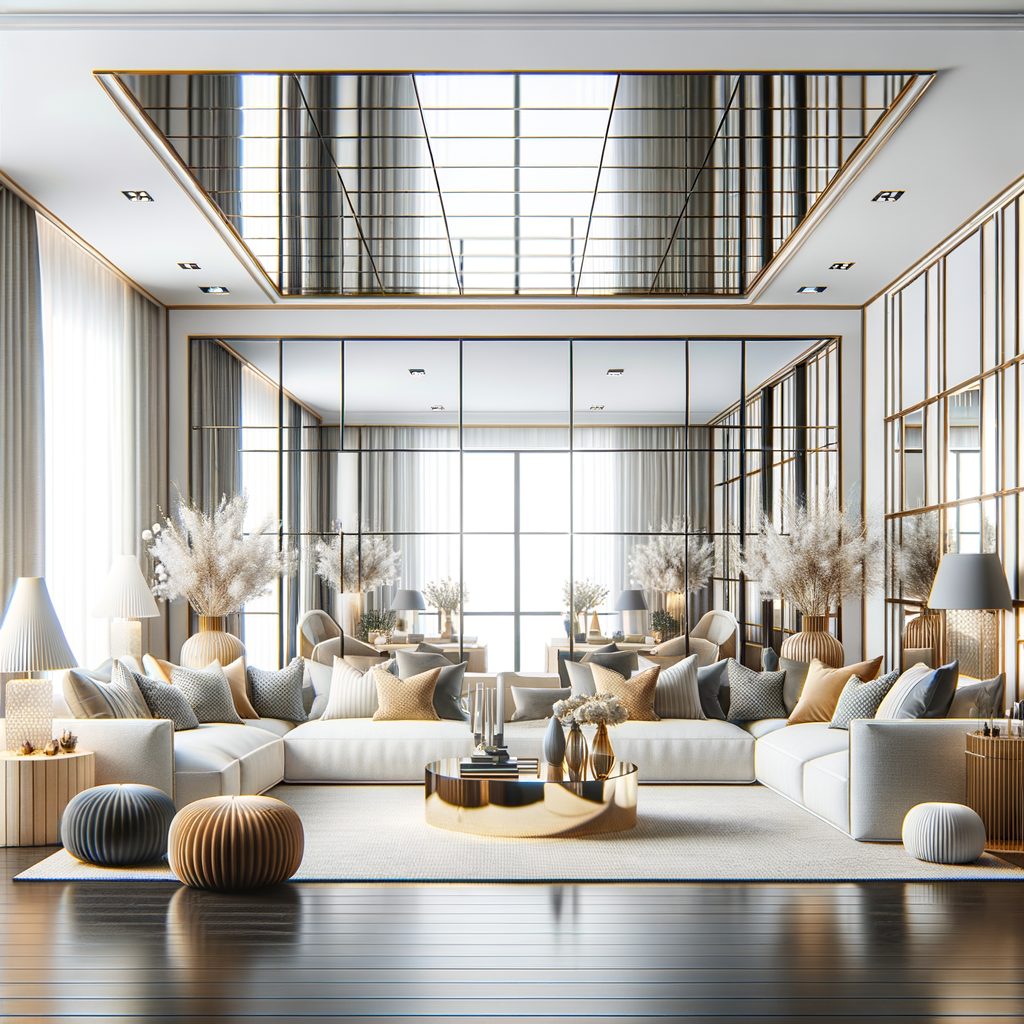Mirrors are a powerful design tool that can transform the perception of a room by creating the illusion of space, enhancing light, and adding a touch of elegance. Below are ten comprehensive ways to use mirrors to effectively enlarge spaces in your home or office.

1. Understanding the Basics of Reflection
Mirrors can reflect light and images, making spaces appear larger than they actually are. By understanding how reflection works, you can strategically place mirrors to extend a room’s dimensions visually.
2. Choosing the Right Size and Shape
The size and shape of a mirror can dramatically influence spatial perception. Large, rectangular mirrors can make ceilings appear higher, whereas round mirrors can soften a room’s look. It’s important to select mirrors that complement the dimensions and style of your space.
3. Positioning Mirrors for Maximum Light
Mirrors should be placed where they can reflect natural light from windows or artificial light from fixtures. This not only helps to illuminate the space but can also reduce the need for additional lighting.
4. Creating Focal Points with Mirrors
Use mirrors to draw attention to specific areas of the room. By placing a mirror above a fireplace or as part of a gallery wall, you can create a focal point that anchors the room and enhances its spacious feel.
5. Accentuating Furniture and Architectural Details
Position mirrors to reflect appealing features of a room, such as a beautiful piece of furniture or an interesting architectural detail. This enhances these elements and contributes to the room’s overall expansiveness.
6. Using Mirrored Furniture and Accessories
Incorporating mirrored furniture, such as tables and cabinets, can serve a dual purpose by offering functionality while also enlarging the perceived space. Mirrored accessories like frames and vases can further enhance this effect.
7. Mirrors in Narrow Spaces
Hallways, corridors, and narrow spaces benefit greatly from the use of mirrors. A strategically placed mirror can make these tight spaces feel more open and welcoming by reflecting the length of the passageway.
8. Mirrors as Wall Décor
A wall completely or partially covered with mirrors can create a sense of infinity in a room. This technique is particularly useful in dining rooms or smaller living rooms to break visual boundaries.
9. Enhancing Outdoor Views
Place mirrors in positions that reflect outdoor landscapes. This can blur the lines between inside and outside, making indoor spaces feel larger and more connected with nature.
10. Preventing Overuse and Glare
While mirrors are effective, it’s important not to overuse them. Too many mirrors or improperly placed mirrors can cause glare or create a disjointed feeling. Use mirrors thoughtfully to enhance without overwhelming the space.
Using mirrors thoughtfully and creatively can amplify the perception of space within any room. Whether through strategic placement, size selection, or creative use beyond walls, mirrors offer a versatile solution to make spaces more open and inviting. Consider these tips to harness the full potential of mirrors in your next interior design project.

